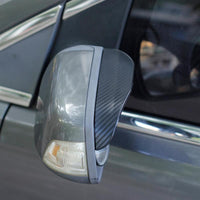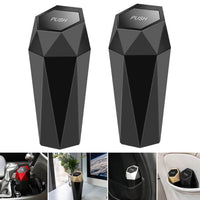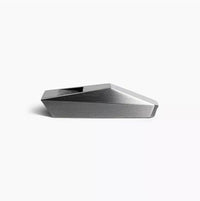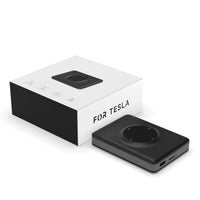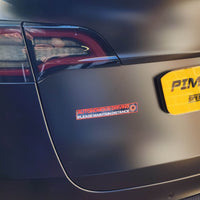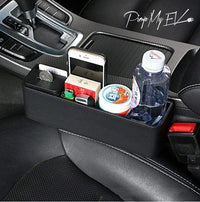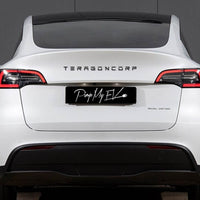Of course, you'll have to plug in your electric car at some point, but how long does it take to charge a Tesla at a station? There is a wide range of options available, including standard charging stations, Tesla Supercharger stations, and even Tesla destination chargers.
How long does it take to charge a tesla?
The answer to this question depends on the method of billing you choose. It takes roughly 20-25 minutes to acquire about 150 miles of range if you utilize a Tesla supercharging station. Most people don't need to worry about running out of battery power because Tesla Superchargers are positioned roughly 125-150 miles apart (sometimes much closer). When it comes to fully charge, it takes about 70 to 75 minutes.
It takes around an hour to acquire about 20–25 miles of range from a public charger (such as Charge Point) (Faster versions are being introduced, but are not yet common).
The suggested 240V-50A circuit will give you around 30 miles of range in an hour, so if you charge overnight, you can expect a full charge every morning.
How much will it cost to charge a Tesla?
This depends on where you charge your car and how much electricity costs where you live. Rates are all different.
If you bought a Model S or Model X after January 2017, the cost to charge at a supercharger is usually about $0.25 per KW. For cars bought before January 2017, supercharging is free.
If you charge at home, the total cost of charging will depend on how much electricity costs where you live. The average price per kWh of electricity in the U.S. is about $0.135.
To figure out how much it will cost to charge your car at home, multiply the capacity of your battery (in kW) by the cost per Kilowatt-hour.
As an example:
Battery power = 75 kW
Rate of electricity = $1.35 per kWh
Charging cost = $75 + $0.135 = $10.25 (roughly), to "fill up" a battery that is almost empty.
At a charging station, how much does it cost to recharge the Tesla?
If you bought a Model S or Model X after January 2017, charging at a Tesla supercharger costs roughly $0.25 per KW. The cost of supercharging a vehicle that was acquired prior to January 2017 is completely free. Model 3 drivers may expect to pay an average of $0.25 per KW for a supercharger.
The average cost of recharging to a range of roughly 250 miles is around $22.00. About $11.00 would be the normal price for a half charge (150 miles of range). Local power tariffs and a region's cost of living influence the final price.
If you bought your Model S or Model X after January 2017, the cost of charging at a Tesla supercharger is normally $0.25 per kW. For vehicles acquired before to January 2017, supercharging is free. Model 3 drivers should expect to pay $0.25 per kilowatt-hour on average for their superchargers.
For roughly $22.00, you can recharge your phone to a maximum of 250 miles of range. For a half charge (150 miles of range), the price is approximately $11.00. The price varies from area to region and from local electricity rate to local electricity rate.
How long does it take for tesla to charge?
That will depend on how far you drive every day. Depending on the model and the options you choose, Tesla cars come with batteries of different sizes. In general, range can be anywhere from 230 miles to more than 360 miles. You can get a rough idea of how long your car's battery will last without being charged by dividing the number of miles you drive each day by the range of your battery.
For example, if you have a Model 3 with a battery that can go 230 miles and drive about 40 miles a day, you should be able to go about 5 days without having to charge it.
Keep in mind that you will lose money, so it's best to round down. Also, a Tesla will tell its owner how much range is left, so they don't have to guess. Lastly, keep in mind that most Tesla owners charge their cars overnight at home, so battery capacity and range aren't usually a problem.
Where to charge Tesla?
- The cost of using a Tesla supercharger in exchange for lightning-fast charging speeds (unless you own an older Tesla, which was purchased with free supercharging).
- Provided by a network of companies, hotels, and other venues, this is a "destination charger." Both free and low-cost charging options are available. In contrast to a supercharger, charging provides only roughly 20 to 30 miles of range per hour.
- Service provided by firms such as Charge Point under the heading of "Public charger". Your credit card will be charged for the service.
- Charging at home with Tesla home charger is possible if you have an electrical circuit connected to your main power supply. Most Tesla owners prefer this way of charging.
- The Tesla charging port (on the driver's side of the car) may be plugged in regardless of the manner of charging you employ.
In addition to informative Tesla guides like the above, some of the top Tesla accessories for your Model 3, Y, S, and X can make your ownership experience a lot better. So, wait not to check out amazing products on Pimp My EV now.
 :
:  :
: 






